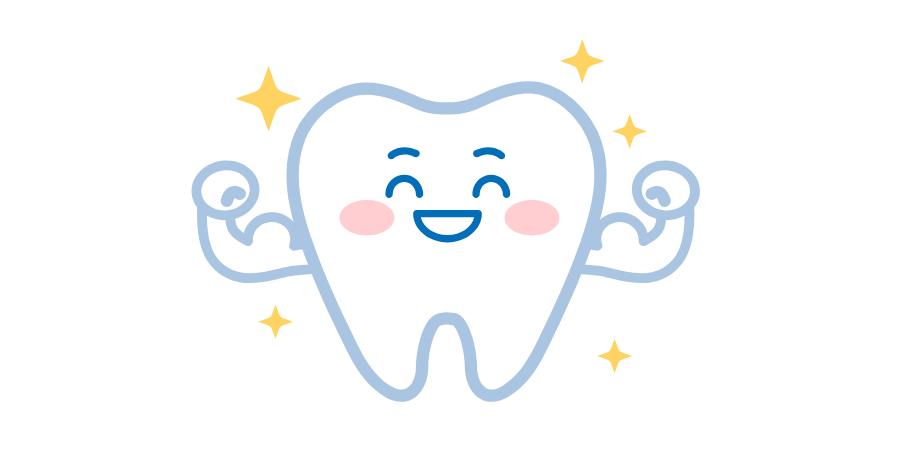A Complete Guide to Dog Oral Care | Protecting Your Pet's Bright Smile
1. Why do dogs need oral care?
Nearly 80% of adult dogs develop periodontal disease after the age of 3. When dental plaque calcifies into tartar, it can compress the gums, cause inflammation and bad breath, and even affect heart and kidney health.
2. Daily brushing – a key habit
- Tool preparation: dog-specific toothbrush + pet toothpaste, never use human products.
- Opening technique: Stroke the gums first to get your dog used to the touch before brushing.
-
Brushing steps (5-step cycle):
- Open the lips to reveal the side teeth.
- Squeeze toothbrush paste and gently brush the gum line at a 15° angle.
- Move up and down to clean between teeth.
- Covers the gum margin and removes plaque.
- Finally, rinse your mouth with clean water.
- Frequency: Ideally once daily, at least three times a week.
3. Professional teeth cleaning and examination
When tartar builds up and brushing is difficult, general anesthesia ultrasonic scaling with manual calculus removal, polishing, and periodontal examination are necessary. This is recommended every 6–12 months for adult dogs; for high-risk breeds, this can be reduced to six months.
4. Auxiliary tooth cleaning products
- Tooth cleaning chewable tablets: VOHC certified chewable tablets, mechanically clean tooth surface and inhibit plaque.
- Oral spray/rinse: Contains antibacterial ingredients and can inhibit bacteria when sprayed on the inside of the mouth.
- Teeth cleaning snacks: increase chewing frequency and physically scrape away tartar.
5. Diet and lifestyle habits
- Feed mainly wet food to reduce starch adhesion.
- Replace drinking water with fresh water every day to avoid plaque growth.
- Provide chew toys to stimulate saliva production and remove minor plaque.
- Check the color of your gums and breath every month, and seek medical attention if any abnormalities are found.
6. Early warning signs and first aid for periodontal disease
| symptom | Recommended responses |
|---|---|
| Increased bad breath | Increase daily tooth brushing and observe for seven days; if there is no improvement, make an appointment with a doctor for examination. |
| Red and swollen/bleeding gums | Stop brushing your teeth, use oral rinse to relieve the pain, and then seek medical attention. |
| Obvious dental tartar | Arrange a doctor's examination and recommend a return visit every six months. |
| Abnormal drooling/refusal to eat | Rule out toothache or ulcers and go to the hospital for examination immediately. |

